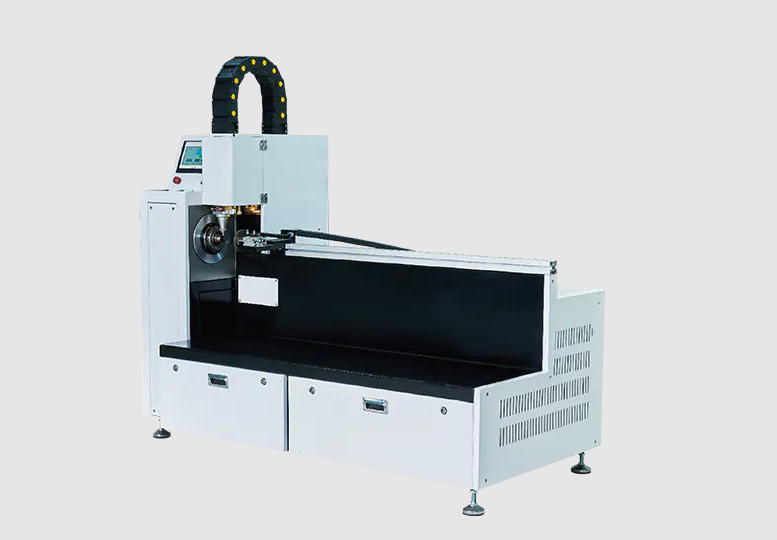Laser pipe cutting machines are widely used in industries where precision and efficiency are important for processing pipes of various materials and sizes. From a product performance perspective, several factors determine the effectiveness and reliability of these machines, including cutting accuracy, speed, adaptability, and maintenance requirements.
One of the main aspects of performance is cutting precision. Laser pipe cutting machines utilize focused laser beams to cut through metals such as stainless steel, carbon steel, aluminum, and other alloys. This method allows for clean and smooth edges, minimizing the need for secondary finishing processes. The accuracy of the cutting process ensures that parts fit together properly in assembly, which is important for maintaining product quality and reducing waste.
Speed is another critical performance factor. These machines are designed to complete cuts quickly while maintaining a consistent level of quality. Faster cutting speeds contribute to higher productivity and shorter turnaround times, which benefits manufacturing schedules. However, the machine’s speed must be balanced with cutting quality to avoid defects or material damage.
Adaptability also plays a key role in the performance of laser pipe cutting machines. Modern machines can handle various pipe diameters and thicknesses, as well as different shapes such as round, square, or rectangular tubes. This flexibility makes the equipment suitable for a wide range of applications, including automotive, construction, and furniture manufacturing. Additionally, some machines offer programmable control systems that enable the cutting of complex patterns or customized designs, increasing versatility.
The ease of operation affects overall performance as well. User-friendly interfaces and automation features reduce the likelihood of operator error and allow for smoother workflows. Integration with software for design input and cutting path optimization enhances precision and repeatability. These features also support quicker setup times and simpler adjustments, saving time and reducing downtime.
Durability and maintenance are important to ensure long-term performance. Laser pipe cutting machines often incorporate high-quality components such as stable motion systems, cooling mechanisms, and protective enclosures to protect sensitive parts from dust and debris. Regular maintenance, such as cleaning optical components and checking alignment, helps maintain cutting accuracy and machine longevity. Machines designed with ease of access to parts make maintenance more efficient.
Energy efficiency can also be considered a performance aspect, as laser cutting typically consumes less power compared to traditional mechanical cutting methods. Reduced energy consumption not only lowers operational costs but also contributes to more sustainable manufacturing practices.
In summary, the performance of laser pipe cutting machines is determined by their ability to provide accurate and smooth cuts at efficient speeds, handle a variety of pipe sizes and shapes, offer ease of operation, and maintain reliability over time. These factors combined support effective and versatile pipe processing in various industrial sectors.
